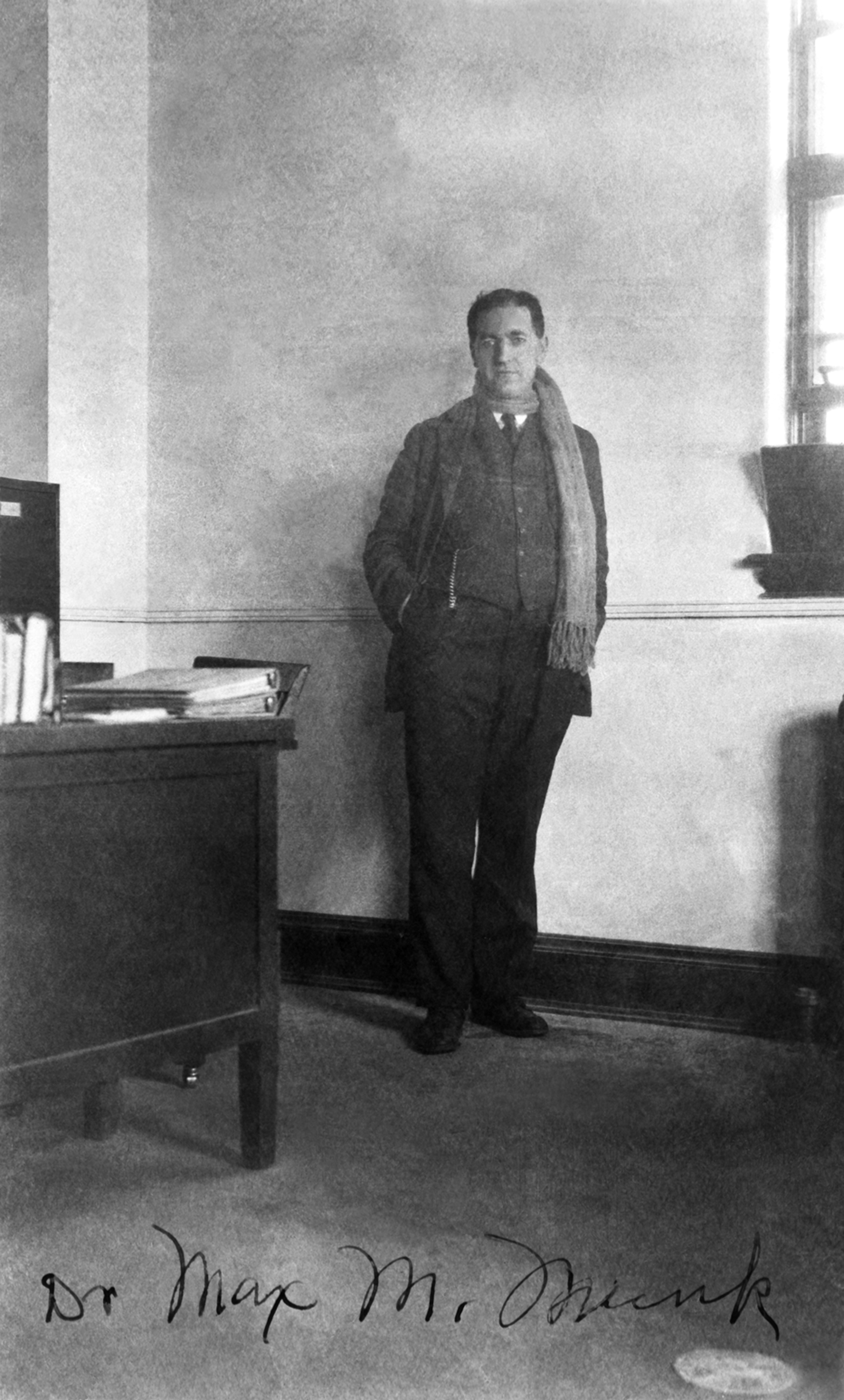Max Munk on:
[Wikipedia]
[Google]
[Amazon]
 Max Michael Munk (October 22, 1890 – June 3, 1986) was a German aerospace engineer who worked for the
Max Michael Munk (October 22, 1890 – June 3, 1986) was a German aerospace engineer who worked for the
 Max Michael Munk (October 22, 1890 – June 3, 1986) was a German aerospace engineer who worked for the
Max Michael Munk (October 22, 1890 – June 3, 1986) was a German aerospace engineer who worked for the National Advisory Committee for Aeronautics
The National Advisory Committee for Aeronautics (NACA) was a United States federal agency founded on March 3, 1915, to undertake, promote, and institutionalize aeronautical research. On October 1, 1958, the agency was dissolved and its assets ...
(NACA) in the 1920s and made contributions to the design of airfoil
An airfoil (American English) or aerofoil (British English) is the cross-sectional shape of an object whose motion through a gas is capable of generating significant lift, such as a wing, a sail, or the blades of propeller, rotor, or turbin ...
s.
Education and early career
Munk earned an engineering degree from the Hannover Polytechnic School in 1914 and doctorates in bothphysics
Physics is the natural science that studies matter, its fundamental constituents, its motion and behavior through space and time, and the related entities of energy and force. "Physical science is that department of knowledge which ...
and mathematics
Mathematics is an area of knowledge that includes the topics of numbers, formulas and related structures, shapes and the spaces in which they are contained, and quantities and their changes. These topics are represented in modern mathematics ...
from the University of Göttingen
The University of Göttingen, officially the Georg August University of Göttingen, (german: Georg-August-Universität Göttingen, known informally as Georgia Augusta) is a public research university in the city of Göttingen, Germany. Founded ...
in 1918 with a dissertation on parametric studies of airfoils under Ludwig Prandtl. Munk's dissertation contained the nucleus of what would become airfoil theory. After World War I, NACA (''National Advisory Committee for Aeronautics'' which become NASA in 1958) brought Munk to the United States. President Woodrow Wilson
Thomas Woodrow Wilson (December 28, 1856February 3, 1924) was an American politician and academic who served as the 28th president of the United States from 1913 to 1921. A member of the Democratic Party, Wilson served as the president of ...
signed orders allowing Munk to come to the United States and work in government. These orders were required since Germany was a recent enemy and Munk had worked briefly for the German Navy.
Career at NACA
Munk began work at NACA in 1920 and proposed building the newVariable Density Tunnel
The Variable Density Tunnel (VDT) was the second wind tunnel at the National Advisory Committee for Aeronautics (NACA) Langley Research Center. Proposed by German aerospace engineer, Max Munk in May, 1921, it was the world's first variable density ...
(VDT) which went into operation in 1922. Munk published more than 40 articles with NACA.
Thin airfoil theory
Munk is best known for his development ofthin airfoil theory
An airfoil (American English) or aerofoil (British English) is the cross-sectional shape of an object whose motion through a gas is capable of generating significant lift, such as a wing, a sail, or the blades of propeller, rotor, or turbine. ...
, a means of modelling the behaviour of airfoil
An airfoil (American English) or aerofoil (British English) is the cross-sectional shape of an object whose motion through a gas is capable of generating significant lift, such as a wing, a sail, or the blades of propeller, rotor, or turbin ...
s by separating their shape (the "mean camber line
There are several kinds of mean in mathematics, especially in statistics. Each mean serves to summarize a given group of data, often to better understand the overall value (magnitude and sign) of a given data set.
For a data set, the ''arithm ...
") and their varying thickness.Distribution of thickness across the chord, i.e. from front to back of the airfoil This allows separate, and simpler, techniques to model each behaviour. Lift on an airfoil at a given angle of attack
In fluid dynamics, angle of attack (AOA, α, or \alpha) is the angle between a reference line on a body (often the chord line of an airfoil) and the vector representing the relative motion between the body and the fluid through which it is m ...
may be assumed to depend on the camber alone, and could be modelled by the numerical techniques of the period. Drag depends on the thickness of the airfoil and requires an understanding of viscous flow, which was beyond contemporary capabilities. Munk’s thin airfoil technique was introduced in 1922 and remained the major theoretical design technique until the development of laminar flow
In fluid dynamics, laminar flow is characterized by fluid particles following smooth paths in layers, with each layer moving smoothly past the adjacent layers with little or no mixing. At low velocities, the fluid tends to flow without lateral mi ...
airfoils in the 1930s.
See also
*References
Further reading
*External links
* * {{DEFAULTSORT:Munk, Michael Max Munk, Max University of Göttingen alumni German emigrants to the United States 1890 births 1986 deaths National Advisory Committee for Aeronautics Scientists from Hamburg